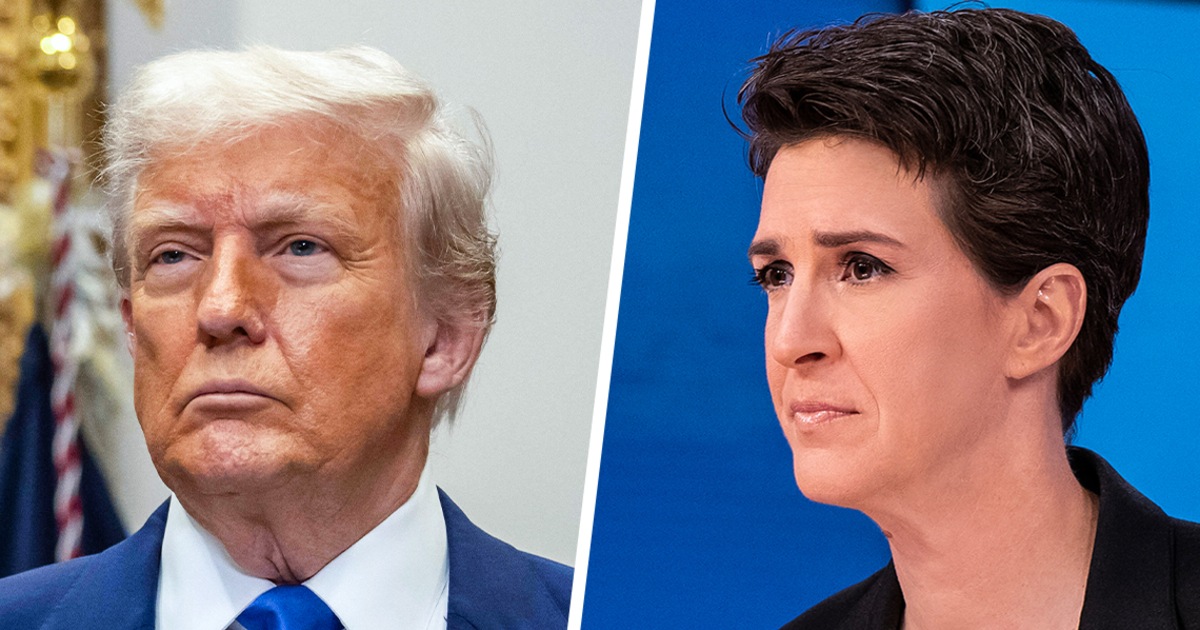The Unlikely Medical Triumph of Trump: A Barrier to Broader Healing?
Former President Donald Trump’s rapid recovery from COVID-19 in 2020 and his continued vitality at 77 have sparked both admiration and debate. His access to cutting-edge treatments, including monoclonal antibodies and a dedicated medical team, contrasts sharply with the healthcare realities of most Americans. As Trump’s health becomes a case study in elite medical privilege, experts question whether such triumphs are achievable for the broader public.
Trump’s COVID-19 Recovery: A Case Study in Privileged Care
When Trump contracted COVID-19 in October 2020, he received an unparalleled level of medical intervention. Within hours of his diagnosis, he was administered Regeneron’s monoclonal antibody cocktail—a then-experimental therapy unavailable to most patients. He was also flown to Walter Reed National Military Medical Center, where a team of specialists monitored him around the clock.
Dr. Jonathan Reiner, a prominent cardiologist and CNN medical analyst, noted, “The president’s treatment protocol was the gold standard, but it’s far from the norm. Most Americans would never have access to that level of care, even in life-threatening situations.” According to a 2021 Kaiser Family Foundation study, only 35% of U.S. adults could afford advanced treatments like monoclonal antibodies without financial hardship.
- Regeneron’s antibody treatment: Estimated cost of $1,250 per dose, often not covered by insurance.
- 24/7 specialist care: Trump’s medical team included top pulmonologists, cardiologists, and infectious disease experts.
- Preventive measures: Regular testing and early intervention, a luxury for many.
The Accessibility Gap: Who Benefits From Cutting-Edge Medicine?
Trump’s health outcomes highlight a growing divide in U.S. healthcare. While breakthroughs in medicine surge ahead, their availability remains limited to those with wealth, influence, or exceptional insurance. A 2023 JAMA study found that socioeconomic status influences survival rates for severe illnesses by as much as 20%.
Dr. Lisa Cooper, a health disparities researcher at Johns Hopkins, explains, “The president’s case underscores a systemic issue: medical innovations often reach the privileged first. For marginalized communities, even basic care is a struggle.” Rural hospitals, for instance, frequently lack the infrastructure to store or administer advanced therapies.
Public Health Implications: A Double-Edged Sword
Trump’s recovery has been cited by some as proof of modern medicine’s potential, yet it also risks normalizing unequal access. During the pandemic, his touting of hydroxychloroquine—a drug later debunked for COVID-19—demonstrated how high-profile endorsements can sway public behavior, for better or worse.
Key statistics reveal the disparity:
- COVID-19 mortality rates were 2.5 times higher in low-income neighborhoods (CDC, 2022).
- 55% of Americans delayed medical care in 2022 due to costs (Gallup).
Broader Lessons: Can Trump’s Triumph Inspire Systemic Change?
While Trump’s health journey is extraordinary, it presents an opportunity to reevaluate healthcare equity. Policymakers are now debating measures to democratize access, such as:
- Expanding Medicare coverage for breakthrough therapies.
- Subsidizing advanced treatments for underserved areas.
- Investing in telehealth to bridge rural-urban gaps.
However, progress is slow. The Affordable Care Act reduced uninsured rates, but 30 million Americans remain uncovered. Meanwhile, pharmaceutical pricing reforms face stiff opposition.
Looking Ahead: A Call for Equitable Healthcare
Trump’s medical success story is a testament to what’s possible—but also a reminder of how far the U.S. must go. As Dr. Reiner puts it, “The goal shouldn’t be replicating one man’s care, but ensuring everyone has a fighting chance.” For now, the question lingers: Will his triumph remain an outlier, or catalyze broader healing?
What’s next? Advocate for healthcare reform by contacting your representatives or supporting organizations like Healthcare Now. The gap between privilege and access won’t close without public pressure.
See more WebMD Network



